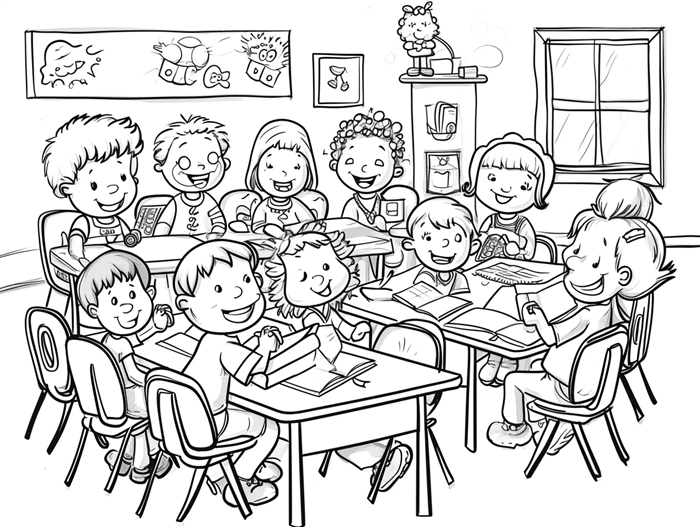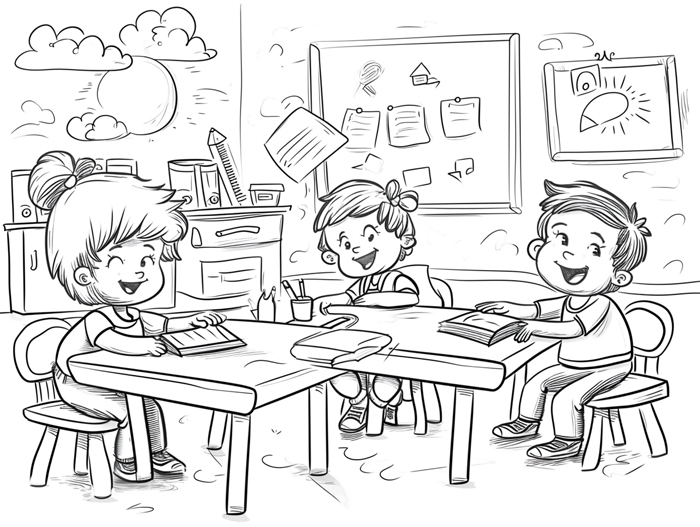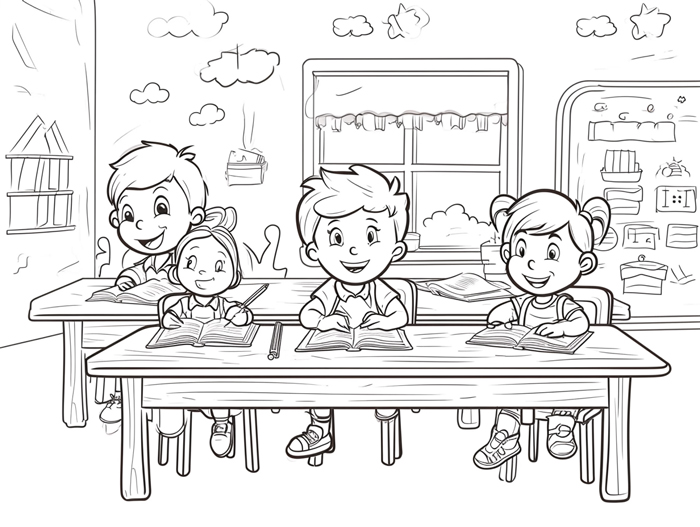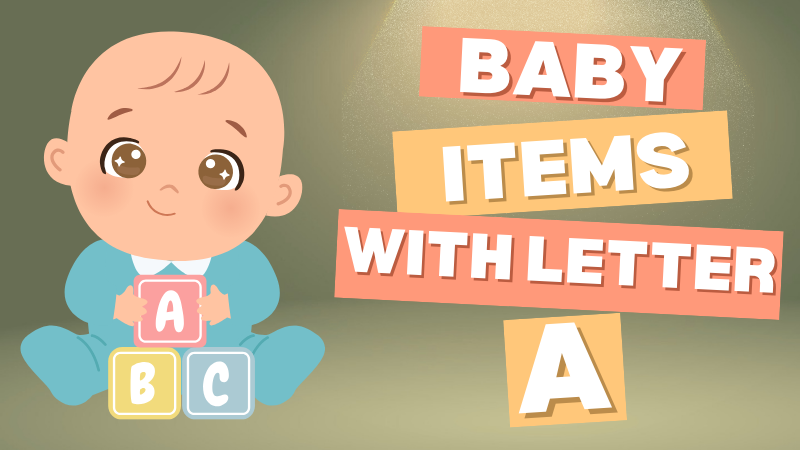Hey there, parents and educators! Are you looking for a fun and engaging way to teach kids about opposites? Well, you’ve come to the right place! In this article, I’ll be sharing a list of opposite words that are perfect for young learners.
Learning about opposites is not only educational but also a great way to expand a child’s vocabulary. By understanding the concept of opposites, kids can enhance their language skills and develop a deeper understanding of the world around them.
What are Opposite Words?

Definition of Opposite Words
Opposite words, also known as antonyms, are pairs of words that have contrasting meanings. They are words that convey opposite or contrasting concepts. For example, hot and cold, big and small, happy and sad, are all examples of opposite words. Understanding opposite words helps children develop their vocabulary and comprehension skills.
Importance of Learning Opposite Words
Learning opposite words is a crucial part of a child’s language development. Here are a few reasons why it’s important:
- Vocabulary Expansion: Learning opposite words expands a child’s vocabulary by introducing them to new words and their contrasting meanings. This enriches their verbal communication skills.
- Cognitive Development: Understanding opposite words helps children to categorize and classify information, enhancing their critical thinking and problem-solving abilities.
- Language Comprehension: Opposite words provide context and nuance to language. When children learn antonyms, they can better understand the meaning of words and how they relate to each other in different contexts.
- Conceptual Understanding: Exploring opposite words helps children grasp abstract concepts, such as opposites, which helps them to develop a better understanding of the world around them.
Remember, teaching kids about opposite words not only aids in their language development but also supports their overall cognitive growth.
Common Opposite Words For Kids With Sentence Examples
| Word | Opposite | Sentence with Both |
|---|---|---|
| Big | Small | The elephant is big, but the mouse is small. |
| Tall | Short | The giraffe is tall, but the puppy is short. |
| Hot | Cold | The soup is hot, but the ice cream is cold. |
| Wet | Dry | The dog is wet after swimming, but the cat is dry. |
| Light | Dark | The sun makes it light, but the night is dark. |
| Loud | Quiet | The band is loud, but the library is quiet. |
| Fast | Slow | The rabbit is fast, but the turtle is slow. |
| Happy | Sad | The clown makes me happy, but the crying baby is sad. |
| Open | Closed | The door is open, but the book is closed. |
| Up | Down | The kite goes up, but the ball rolls down. |
| Full | Empty | My piggy bank is full, but my cup is empty. |
| In | Out | The cat is in the box, but the bird is out. |
| On | Off | The light is on, but the TV is off. |
| New | Old | The puppy is new, but the rocking horse is old. |
| Wide | Narrow | The river is wide, but the path is narrow. |
| Long | Short | The scarf is long, but the pencil is short. |
| Soft | Hard | The pillow is soft, but the rock is hard. |
| Sweet | Salty | The candy is sweet, but the chips are salty. |
| Clean | Dirty | The freshly washed car is clean, but the muddy boots are dirty. |
| Full | Empty | My stomach is full after lunch, but my backpack is empty. |
Action Opposites:
- Go and Stop: Imagine a race car speeding down the track and then coming to a screeching halt! ️
- Push and Pull: Like opening a heavy door by pushing or pulling it gently.
- Build and Knock Down: Constructing a towering block castle and then playfully knocking it over with a giggle!
Size and Shape Opposites:
- Thick and Thin: Think of a chunky tree trunk and a delicate spider web! ️
- Round and Square: Like a perfectly bouncy beach ball and a sturdy building block!
- Tall and Short: A skyscraper reaching for the clouds and a cozy hobbit hole tucked underground!
Feeling Opposites:
- Hungry and Full: From tummy growls to a satisfied burp, these opposites describe our delicious meals!
- Tired and Energetic: Like a sleepy koala after lunch and a bouncy kangaroo ready to hop!
- Scared and Brave: Facing a monster under the bed with trembling knees or conquering it with a superhero roar! ♀️
Other Fun Opposites:
- New and Old: A shiny brand new toy car and a well-loved teddy bear with worn patches.
- Day and Night: From the bright sunshine of a sunny day to the twinkling stars of a dark night. ✨
- Wet and Dry: Splashing in a rainy puddle and warming up by a crackling fire. ️
- Open and Closed: A blooming flower unfurling its petals and a clam shell tightly shut.
- Loud and Quiet: A rock concert blaring music and a serene library with hushed whispers.
- Light and Heavy: A fluffy feather floating softly and a weighty stone sinking in water. 🪶🪨
- Clean and Dirty: Sparkling clean after a bath and covered in mud after playing in the park!
- Fast and Slow: A cheetah sprinting across the savanna and a wise old turtle taking its time.
- Sharp and Dull: A pointed needle and a smooth, rounded pebble. 🪡🪨
- Loud and Quiet: A roaring lion and a gentle purring cat.
- Full and Empty: A basket overflowing with apples and a freshly picked empty basket.
- Rough and Smooth: A bumpy dirt road and a smooth, paved highway. ️
Opposite Words Games and Activities

Opposite Words Flashcards
One of the best ways to teach kids about opposite words is through the use of flashcards. Flashcards are a fun and interactive way for children to learn and remember new words. To create opposite words flashcards, gather a set of cards and write pairs of opposite words on each card, such as “hot” and “cold,” “big” and “small,” or “up” and “down.” Show your child one side of the flashcard and ask them to come up with the opposite word. This activity not only helps kids practice recognizing and remembering opposite words but also improves their visual and cognitive skills.
Opposite Words Matching Game
Another exciting activity to reinforce opposite words is a matching game. This game challenges children to match pairs of opposite words by selecting two cards that have contrasting meanings. To create this game, make a set of cards with opposite words written on them. For example, you can write “fast” on one card and “slow” on another. Shuffle the cards and lay them face down on a table. Encourage your child to flip over two cards at a time and try to find a matching pair of opposite words. This game promotes memory enhancement, cognitive development, and critical thinking skills.
Opposite Words Charades
If you want to add an element of creativity and movement to teaching opposite words, try playing opposite words charades. This game encourages children to act out the meanings of opposite words, helping them understand the concepts in a more hands-on way. To play opposite words charades, write a list of opposite words on slips of paper and put them in a bowl. Have your child pick a slip of paper and silently act out the meaning of the word without speaking. The other players must guess the opposite word based on the act. This game promotes imagination, language development, and social interaction skills.
Remember, these games and activities create a fun and engaging learning environment for kids to explore and understand opposite words. Incorporating these activities into your lessons or playtime sessions will enhance their vocabulary, critical thinking, and problem-solving abilities.
Opposite Words Examples
Examples of Animal Opposite Words
When teaching kids about opposite words, incorporating examples related to animals can make the learning experience more enjoyable and relatable. Here are some examples of animal opposite words:
- Big – Small: Elephants are big, but mice are small.
- Fast – Slow: Cheetahs run fast, while turtles move slowly.
- Up – Down: Birds fly up in the sky, while worms burrow down in the ground.
- In – Out: Dogs can go in the house, but cats prefer to stay out.
Using these examples, children can easily grasp the concept of opposite words while also learning about different animals and their characteristics.
Examples of Food Opposite Words
Food is a topic that kids can easily relate to, and integrating food opposite words into their learning can make it even more engaging. Here are some examples of food opposite words:
- Hot – Cold: Ice cream is cold, while soup is hot.
- Sweet – Sour: Candy tastes sweet, while lemons taste sour.
- Healthy – Unhealthy: Apples are healthy, but cookies are unhealthy.
- Full – Empty: A glass can be full of milk or empty after it’s been drank.
By using these examples, children not only learn about opposite words but also gain some knowledge about different types of food and their properties. This approach enhances their vocabulary and helps them make connections between words and the world around them.
Examples of Colors Opposite Words
Colors are a vibrant and visual way to teach opposite words to kids. Here are some examples of color opposite words:
- Black – White: The sky can be blue during the day, but turns black at night.
- Red – Green: Strawberries are red, while apples are green.
- Yellow – Blue: The sun is yellow, but the ocean appears blue.
- Dark – Light: The room can be dark at night, but becomes light when you turn on the lights.
By using these examples, children not only learn about opposite words but also develop their visual and cognitive skills by associating colors with different objects and situations.
Remember that using examples that are familiar to kids, such as animals, food, and colors, can make the learning experience more enjoyable and effective. Incorporate these examples into your teaching or playtime sessions to help children understand and remember opposite words better.
Opposite Words Worksheets and Exercises

Fill in the Blanks with Opposite Words
One effective way to reinforce the concept of opposite words is through fill-in-the-blank exercises. These worksheets provide children with the opportunity to practice identifying and using opposite words in context. By completing these exercises, they can solidify their understanding of the vocabulary and enhance their reading and writing skills.
In a fill-in-the-blanks exercise, children are given a sentence with a missing word. Their task is to select the correct opposite word from a given set of options and fill it in the blank. This activity not only helps children recognize and remember opposite words but also encourages critical thinking and problem-solving.
To make these exercises engaging and interactive, you can incorporate colorful illustrations or fun themes related to the sentences. This way, children can have a more enjoyable learning experience while expanding their vocabulary.
Circle the Opposite Word in the Sentence
Another activity that can be included in opposite words worksheets is “Circle the Opposite Word in the Sentence.” This exercise encourages children to carefully read and analyze a sentence to identify the opposite word. By circling the opposite word, they develop their comprehension skills and improve their ability to recognize antonyms.
In this activity, provide children with a set of sentences containing opposite words. Their task is to read each sentence and circle the word that represents the opposite meaning. This exercise not only helps children practice identifying opposite words but also strengthens their overall language skills and encourages attention to detail.
To add an element of challenge, you can include sentences with multiple opposite words or vary the complexity of the vocabulary used. This way, children can gradually progress from simple opposites to more advanced ones, building their knowledge and confidence along the way.
Opposite Words Crossword Puzzle
Crossword puzzles are a delightful way to engage children in learning opposite words. They provide an opportunity for hands-on problem-solving and offer a sense of accomplishment when completed. By solving crossword puzzles, children can reinforce their knowledge of opposite words while having fun.
To create an opposite words crossword puzzle, compile a list of opposite word pairs. Then, create a grid with blanks for the opposite words. Children can fill in the grid by matching the provided clues with the corresponding opposite words. This activity not only enhances children’s vocabulary but also strengthens their critical thinking and spatial reasoning abilities.
To make the crossword puzzle more visually appealing, you can include colorful illustrations or use a themed design related to opposite words. This will capture children’s interest and motivate them to tackle the puzzle.
By incorporating these different types of worksheets and exercises into teaching opposite words, you can provide children with a variety of opportunities to practice and reinforce their understanding. Whether it’s filling in the blanks, circling the opposite word, or solving a crossword puzzle, these engaging activities will enhance children’s vocabulary skills and help them grasp the concept of opposite words with ease.
Benefits of Learning Opposite Words
Enhances Vocabulary Skills
Learning opposite words is a fantastic way to expand a child’s vocabulary. When children learn opposite words, they are not only learning the meanings of individual words, but they are also discovering new words that are related in meaning. This exposure to a variety of words helps to build a robust vocabulary. By understanding different opposite pairs, such as “hot” and “cold” or “big” and “small,” children are equipped with a broader range of words to express their thoughts and ideas. This enhanced vocabulary will benefit them in all areas of their academic and personal lives.
Improves Reading Comprehension
One of the major benefits of learning opposite words is that it improves a child’s reading comprehension skills. Opposite words are frequently used in texts to convey meaning and provide context. When children have a good grasp of opposite words, they can easily understand and interpret the content they are reading. They can make connections between opposite words and their meanings, helping them to comprehend the overall message of a text more effectively. This skill is crucial for academic success, as reading comprehension is an essential component of various subjects across the curriculum.
Enhances Critical Thinking
Learning opposite words encourages critical thinking skills in children. When children are exposed to opposite words, they are presented with contrasting concepts and ideas. This prompts them to think deeply about the meaning and relationship between these words. They learn to analyze and compare different concepts, identify similarities and differences, and make logical connections. This process of critical thinking not only strengthens their language skills but also enhances their overall cognitive development. It helps them become more analytical, creative, and flexible in their thinking, which is beneficial not only in language arts but also in problem-solving and decision-making.
By understanding the benefits of learning opposite words, we can see the importance of incorporating them into children’s education. Enhanced vocabulary skills, improved reading comprehension, and enhanced critical thinking are just a few of the many advantages that come with teaching opposite words to children. These benefits result in stronger language skills, improved academic performance, and increased cognitive abilities. So let’s make learning opposite words a fun and engaging part of our children’s learning journey.
Conclusion
Learning opposite words is a valuable tool for children’s language development and cognitive growth. By exposing children to a wide range of words and concepts, learning opposite words enhances their vocabulary skills and allows them to express themselves more effectively. It also improves their reading comprehension, enabling them to better understand and interpret the content they encounter.
Moreover, learning opposite words fosters critical thinking skills by encouraging children to analyze the meaning and relationship between contrasting concepts. This mental exercise enhances their ability to think deeply and make connections, which is crucial for their overall cognitive development.
Incorporating opposite words into children’s education is essential for building stronger language skills, improving academic performance, and enhancing cognitive abilities. By equipping children with a diverse vocabulary and the ability to understand and express contrasting ideas, we empower them to navigate the complexities of language and thought with confidence.
So, let’s embrace the power of opposite words and give our children the tools they need to thrive in their language development and beyond.

